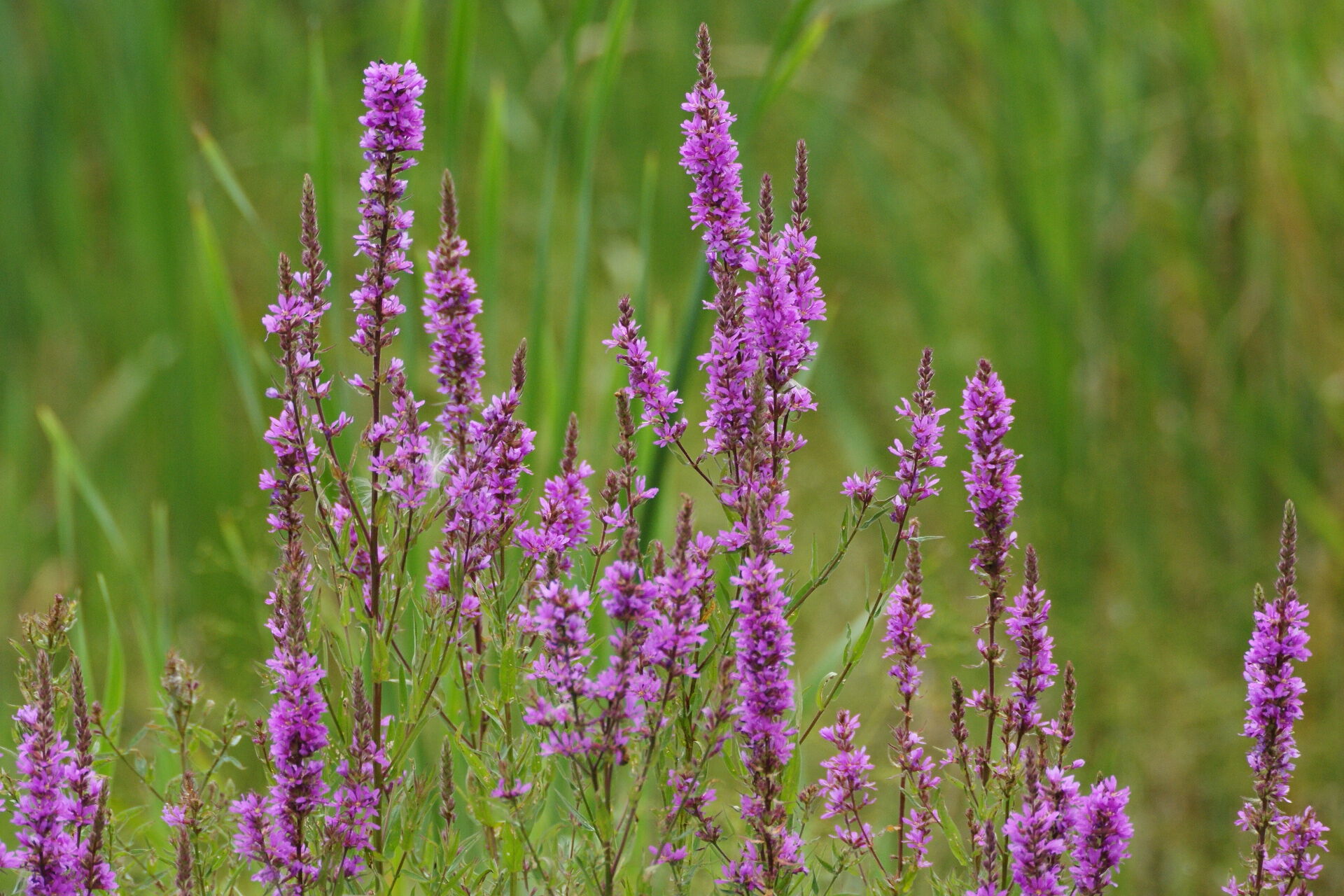Invasive Species
Conservation Authorities tackle a number of invasive species which pose a growing threat to Ontario’s economy and native biodiversity. Invasive species damage important natural ecosystems such as wetlands, forest, lakes, rivers and streams, and threaten agricultural practices, infrastructure, tourism, fisheries, and water quality and quantity.
Purple loosestrife, garlic mustard, buckthorns, emerald ash borer, zebra mussels, dog strangling vine, reed canary grass (Phragmites), and round goby are a few of the invasive species that Conservation Authorities target with various local programs and initiatives across Ontario. Monitoring the distribution of invasive species is important for controlling their spread and identifying areas of concern. Fifteen Conservation Authorities are members of the Ontario Invading Species Awareness Program. Some Conservation Authorities provide website resources aimed at specific invasive species found in their watersheds and provide actions that people can take. Please contact your local Conservation Authority to learn more.
Conservation Authorities address invasive species with the following programs:
- Watershed plans
- Habitat restoration and rehabilitation
- Forest management, tree and shrub planting
- Natural heritage strategies/invasive species strategies
- Water quality and quantity programs
- Natural lands management
- Community outreach and education
- Monitoring and reporting
- Technical advice
Conservation Authorities working together to recover species at risk
Our health and quality of life depends on biodiversity – a mix of wild plants, animals and habitats. We are fortunate to live in a province of rich biodiversity and our job is to ensure there are enough suitable, healthy habitats available so Ontario’s plants and animals can thrive and grow.
Conservation Authorities, landowners and community groups are working together to improve, restore and secure natural habitat for species at risk.
The following fact sheets show a few examples of actions to help rehabilitate and enhance habitats for species at risk. Tree planting, shoreline rehabilitation and naturalization projects have their benefits for the landowner and the environment. Learn more and get involved!
- Stewardship Partners Working Together to Recover Species at Risk
- Buffers and Livestock Fencing
- Butternut Recovery Program
- Communities for Nature
- Habitat for Reptiles
- Restoring Habitat for the Prothonotary Warbler
- Restoring the Shore for Fish
- Restoring the Wainfleet Bog
- Wetland Creation and Enhancement Program
DID YOU KNOW? The term Species at Risk is used to describe species that are classified in one of the four categories of Extirpated, Endangered, Threatened and Special concern. This searchable table provides information on each species at risk in Ontario.
